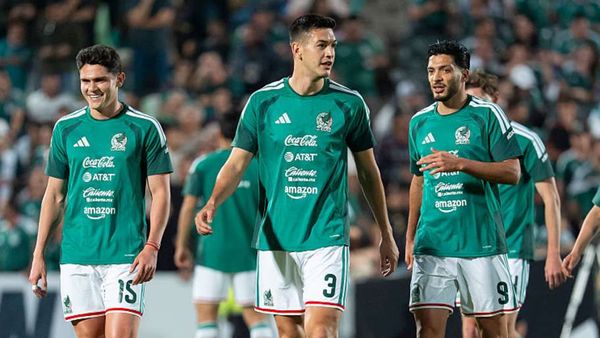
Warren Buffett’s investment writings frequently connect operating reality with investor behavior, and one of his most concise observations appears in Berkshire Hathaway’s (BRK.B) (BRK.A) 1983 annual report, in the appendix on goodwill: “During inflation, Goodwill is the gift that keeps giving.”
The remark was made as part of a broader technical discussion that separated accounting treatment from economic substance, using plain-language examples to show why certain businesses can protect, and even expand, owner value when general price levels rise. Rather than a slogan, the line functioned as a policy explainer for how Berkshire evaluates businesses whose primary advantages are intangible, such as brand reputation, distribution power, or regulatory franchises — advantages that can translate into pricing power without commensurate increases in capital employed.
The context for the statement included Buffett’s distinction between “accounting goodwill” recorded on balance sheets and “economic goodwill,” which he defined in practice as the capitalized value of returns that exceed normal rates on tangible assets. In the same appendix, he walked through a side-by-side scenario: a high-return, asset-light franchise versus a more “mundane” asset-heavy operation. When inflation doubles nominal sales, both firms typically must commit more cash to receivables, inventory, and fixed assets just to stand still. But the asset-light franchise needs far less incremental capital to support the same nominal revenue, so more of its inflation-boosted dollars remain available for owners or reinvestment. That asymmetry is the economic logic behind Buffett’s memorable quote.
Buffett’s authority on the subject derives from his decades of experience allocating capital across businesses with differing economics, and notably Berkshire’s controlling stake in See’s Candies, which he often cited as a prototype of economic goodwill. In the 1983 appendix, he explained that See’s relatively modest tangible asset base supported returns well above market rates because loyal customers valued the brand and product, enabling pricing decisions driven by perceived value rather than production cost. During inflationary periods, that kind of customer franchise tends to maintain or widen margins with comparatively small additions to working and fixed capital, validating the idea that real-world goodwill can be an inflation ally.
The analysis was not unconditional. Buffett also cautioned that only “true” economic goodwill behaves this way; overpaying for acquisitions creates accounting entries that do not confer durable advantage and may obscure economic realities. His broader message was to evaluate businesses by the cash they can generate above the capital they require, not by the size of reported assets. That framework helps to explain Berkshire’s bias toward companies with durable moats — brands, cost positions, or regulated franchises — that can compound owner value with limited incremental investment, while avoiding sectors where inflation mechanically forces large capital outlays that do little to raise real returns.
In a timeless sense, the quotation ties directly to how investors and boards navigate different market climates. When inflation pressures rise, enterprises with authentic economic goodwill — often those with strong brands, switching costs, or network effects — are better positioned to adjust prices without losing customers, preserving cash generation after the additional working-capital needs are met. Conversely, asset-heavy, commodity-exposed businesses may see nominal revenues climb but struggle to translate that into owner value once higher capital requirements are funded. For analysts comparing opportunities across cycles, Buffett’s line remains a practical test: focus less on the accounting label of goodwill and more on whether a franchise’s economics truly “keep giving” after inflation’s capital calls.







